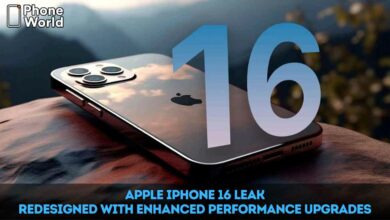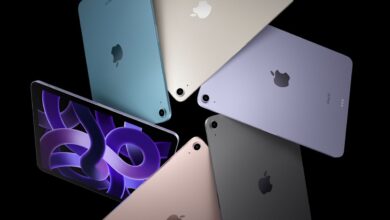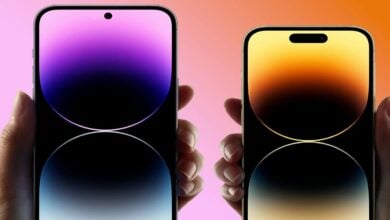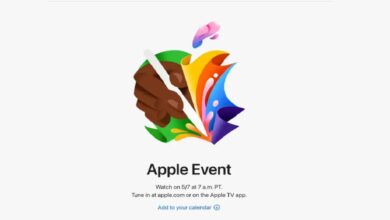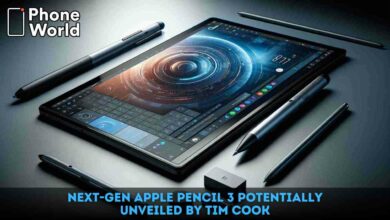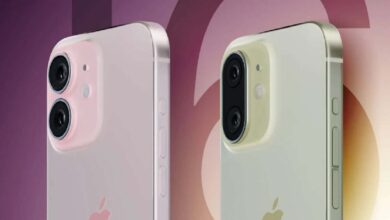Apple’s iPhone 16 Revolution: Exploring QLC NAND Flash for More Storage Efficiency
Apple Weighs Shift to QLC NAND Flash Technology
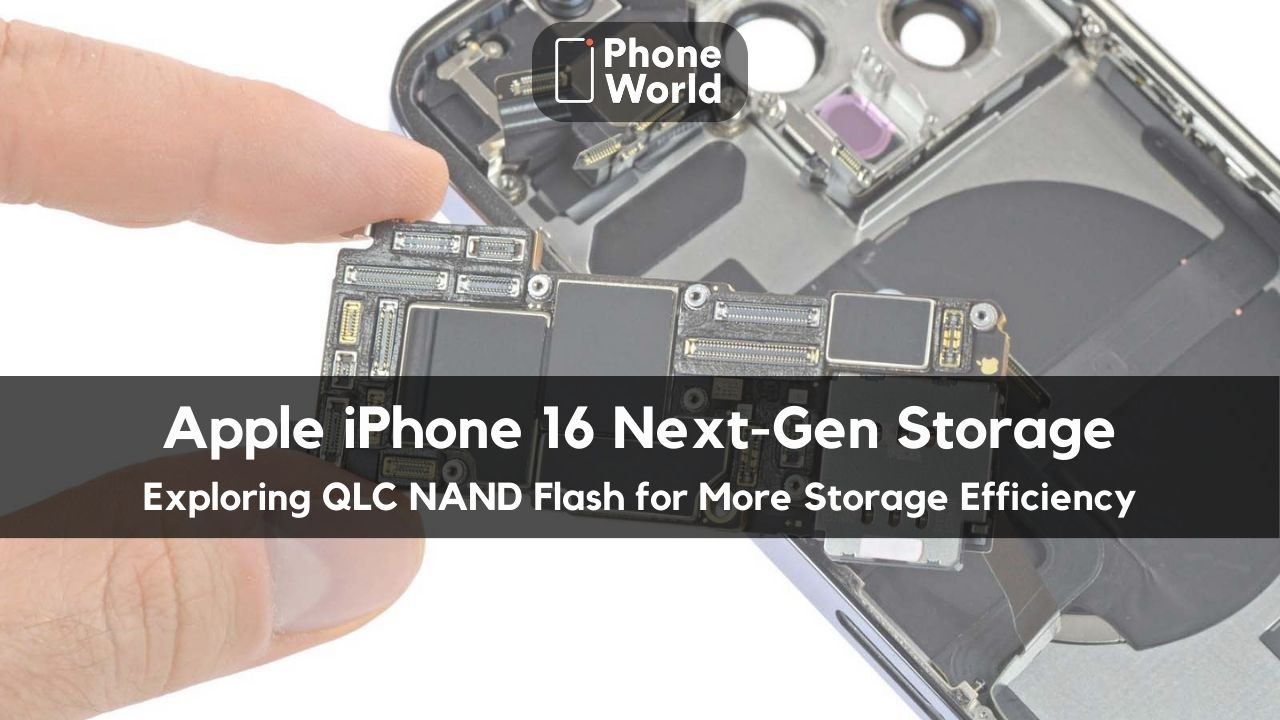
Apple is reportedly exploring a shift in the type of flash memory used in its higher-capacity iPhone 16 models. While Apple and other smartphone manufacturers have been increasing storage capacity, it also raises hardware costs. To manage costs, Apple is considering a switch from Triple-Level Cell (TLC) NAND flash to potentially slower but higher-density Quad-Level Cell (QLC) NAND flash for models with storage capacities of 1TB or more. This strategic move aims to balance the need for increased storage while optimizing costs for higher-capacity iPhones.
Quad-Level Cell (QLC) NAND flash provides an advantage over Triple-Level Cell (TLC). It can store four bits of data per memory cell instead of three. This increased bit density allows QLC NAND flash to store more data when using the same number of cells or achieve similar capacities with fewer cells. In essence, the higher bit density of QLC theoretically leads to reduced production costs, making it an attractive option for managing costs while offering expanded storage capacities.
However, adopting QLC NAND flash comes with certain trade-offs. While QLC enables higher storage density, it is generally considered less reliable than TLC. The reduced endurance for writing data is a consequence of having more writes per cell. The reason is that each cell contains one additional bit.
Apple Takes The Top Spot In Smartphone Market In 2023
Practically, QLC uses 16 different charge levels as opposed to TLC’s eight, which allows for its increased bit density. This expanded range is combined with reduced margins when reading data. It introduces the potential for higher bit errors due to increased noise.
If Apple chooses to implement this plan, it would imply that iPhone 16 users with 1TB of storage might experience slower data write speeds compared to those with lower capacities. Consequently, this could lead to some performance compromises for users with demanding performance requirements.
Check out the Top Performing Smartphone Companies in 2023 – IDC Report
The variance in performance may not be deemed significant enough to pose a problem. To illustrate, on a commercially available SSD, write speeds of 550 MB/s may be achievable with TLC flash storage when the high-speed cache is full. In a comparable QLC version, the speeds might be slightly lower, ranging from 450 MB/s to 500 MB/s.
This distinction is more critical in the context of a workstation computer than a mobile device. Workstation computers often demand sustained write speeds, whereas mobile devices typically involve bursty flash writes. It makes the potential difference in speeds less impactful for everyday mobile use.
PTA Taxes Portal
Find PTA Taxes on All Phones on a Single Page using the PhoneWorld PTA Taxes Portal
Explore NowFollow us on Google News!